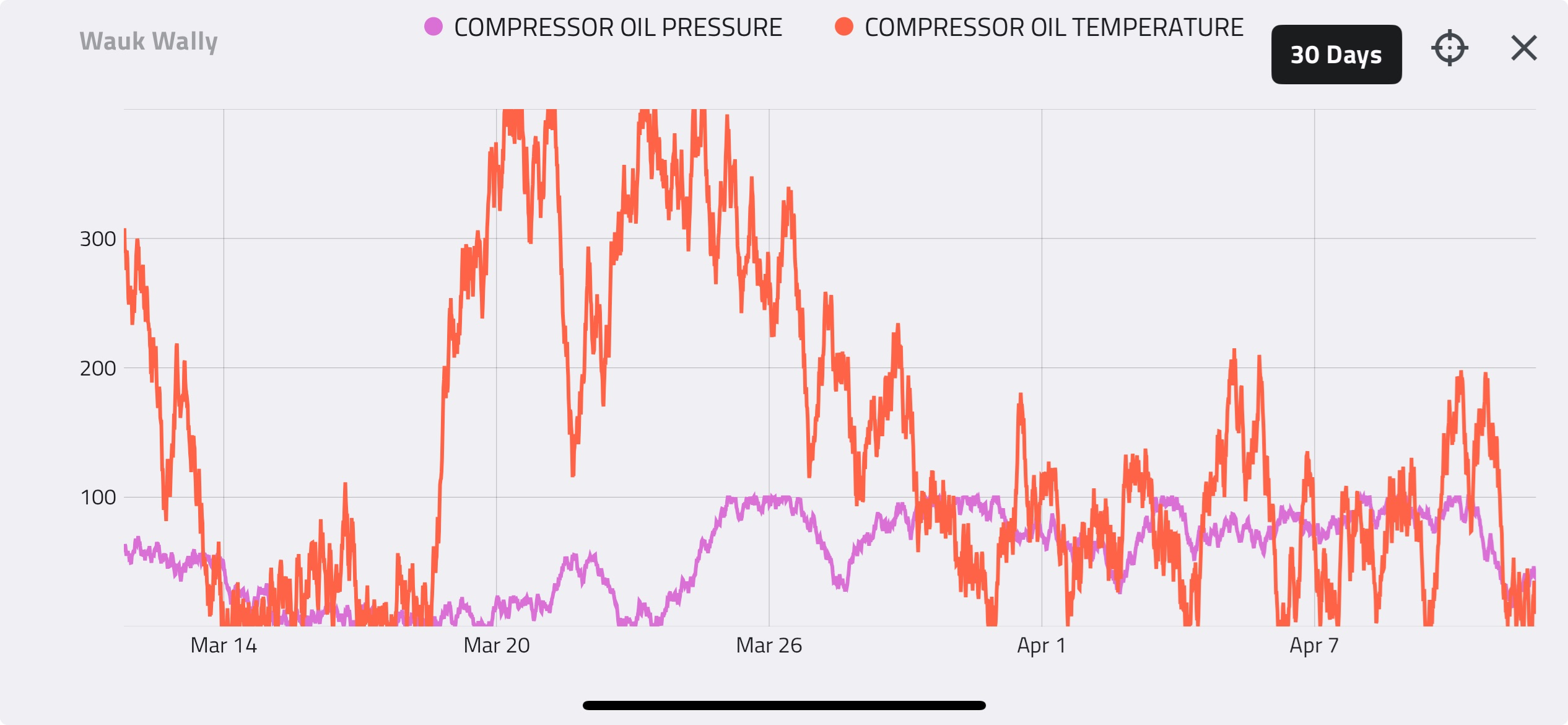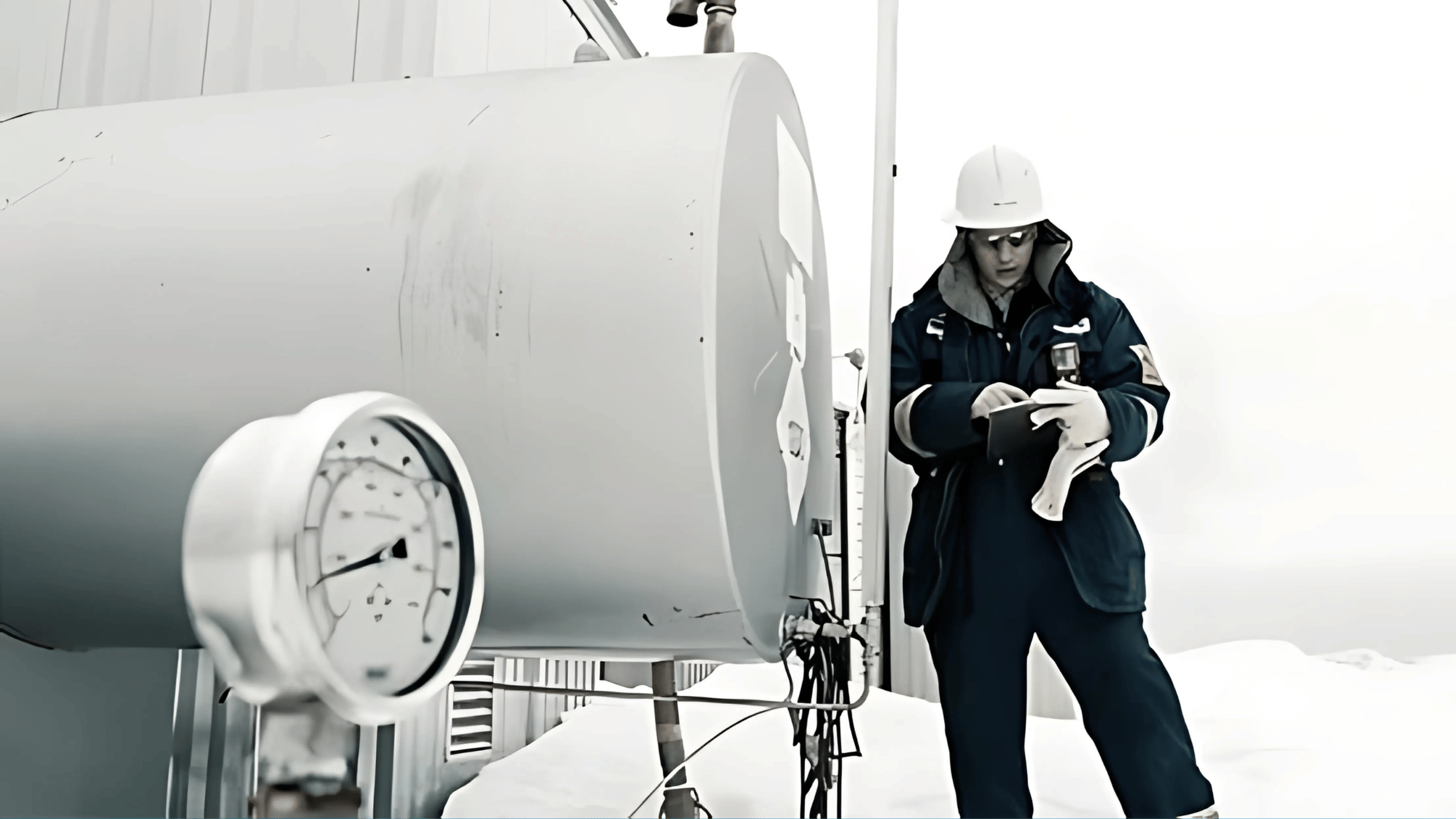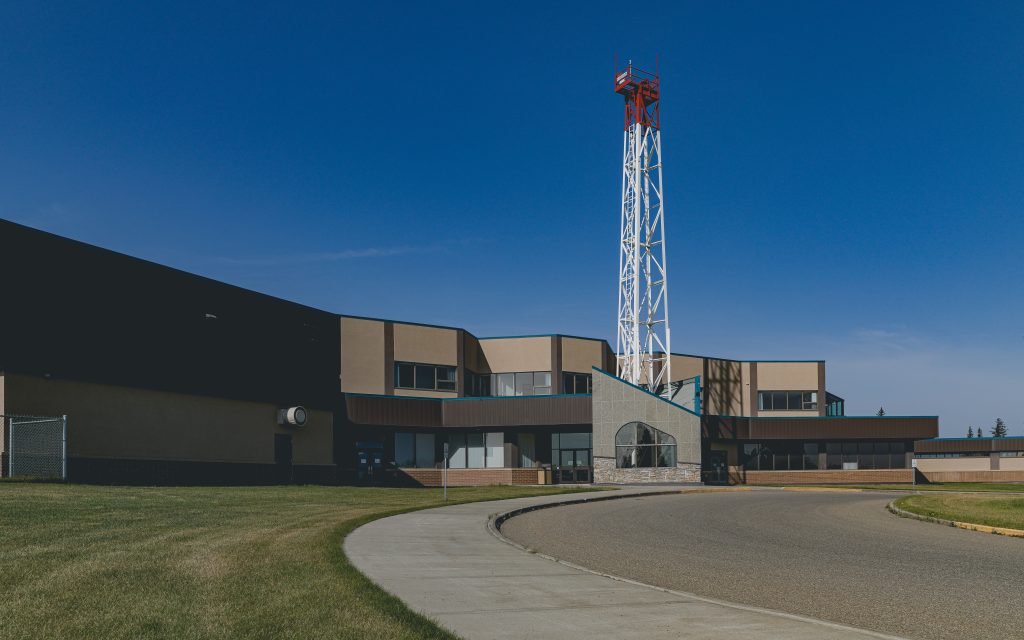Houston, TX |
Have you ever wondered how the power requirements for natural gas compression are determined? Understanding this fundamental aspect is crucial for optimizing compressor performance and ensuring efficient operations in the oil and gas industry. In this installment of our Natural Gas Compression Basics series, we delve deeper into the intricacies of power requirements, exploring how factors such as capacity, compression ratio, and operating pressures impact the energy needed for compression. By the end of this article, you'll gain valuable insights into the factors driving power demand in natural gas compression and learn strategies for optimizing compressor performance in real-world applications.
Natural Gas Compression Basics 4 in this series discussed the factors that determine and effect the capacity of a compressor. The capacity of a reciprocating compressor is a function of the compressor displacement, which is a function of its physical size and the rotating speed, RPM. The capacity is also a function of the volumetric efficiency, or the effective volume of the displacement that is filled with gas at suction conditions each compression cycle. The volumetric efficiency is influenced by added cylinder clearance and the compression ratio. Increases in added clearance and increases in compression ratio both result in reduced volumetric efficiency and a reduction in capacity.
The following relationships were stated in the introduction to this Compression Basics E-Tip series:
Capacity (Q) is function of
Displacement (D) and Volumetric Efficiency (VE%)
Volumetric Efficiency (VE%) is a function of
Clearance (CL%) and Compression Ratio (CR)
Power (KW/HP) is a function of
Capacity (Q) and Compression Ratio (CR)
The first two relationships have been covered in detail in the last E-Tip and summarized above. In this E-Tip, we will explore how capacity and compression ratio, as well as the operating pressures, effect the power required for compression.
Theoretical Power for Compression
The theoretical work done each compression cycle is equivalent to the area defined by points 1-2-3-4 of the Pressure-Volume diagram.

For a single stage reciprocating compressor, the theoretical power required to isentropically (adiabatically) compress a gas through a specified range is:
Eq.1 Theoretical Power:

Where:
- THP = Theoretical power (KW)
- Qg = Gas flow rate (Sm3/h)
- Ts = Suction temperature (K)
- K = specific heat ratio of gas at suction conditions
- PL = Standard Pressure (kPa(abs))
- TL = Standard Temperature (K)
- Ps = Suction Pressure (kPa(abs))
- Pd = Discharge Pressure (kPa(abs))
The following relationship for power was presented at the start of this E-Tip:
Power (KW/HP) is a function of
Capacity (Q) and Compression Ratio (CR)
From the theoretical power for compression formula presented above, we can see that capacity and compression ratio are represented by the two following components, respectively:
Eq. 2Capacity: |
Eq. 3Compression Ratio: |
|
|
 |
From the above, we can see that:
- Compressing greater volumes of gas will increase the power required for compression.
- Compressing through a greater compression ratio will increase the power required for compression.
Brake Horsepower
Commonly termed brake horsepower, the actual power for compression is calculated on the basis of the theoretical adiabatic power and modified to account for both compression and mechanical efficiency. Compression efficiency compensates for the deviation of the actual P-V diagram from the theoretical P-V diagram and depends on valve efficiency, compression ratio, gas composition, cylinder size and design, etc. The mechanical efficiency varies with compressor type and size. Gas compressibility also influences the brake horsepower, with the average compressibility between suction and discharge conditions used in the calculation.
Eq. 4 Brake Horsepower:

Where:
- THP = Theoretical power (from above)
- ME = Mechanical Efficiency
- CE = Compression Efficiency
- Zavg = (Zs + Zd) / 2
- Zs = Suction compressibility factor
- Zd = Discharge compressibility factor
Power with Increasing Gas Flow
While the formulas provided above are crucial to calculating the power required for compression, in reality, capacity and compression ratio are rarely independent of each other. As discussed in previous E-Tips, to increase compressor capacity, the suction pressure must increase. Essentially, more molecules of gas must fit in the same physical displacement. This is shown in the compressor performance curve below.

As suction pressure and capacity increase (red line), the power for compression (green line) increases as well. Capacity is increasing, so we would expect the required power to increase. However, note that this is despite the compression ratio reducing as a result of increasing suction pressure.
Therefore, for the specific case shown on the performance curve above, the contribution of increasing capacity to increasing power demand is greater than the contribution of reducing compression ratio to decreasing power demand.
This relationship changes with increasing suction pressure, as demonstrated by the reduction in slope of the power curve. As suction pressure rises, the influence of the capacity portion, Eq. 2, of the theoretical power formula, Eq. 1, decreases relative to the influence of the Compression Ratio portion, Eq. 3.
This is shown in the curve below for a single-stage compressor. The curve shows that the maximum driver power is never reached despite increasing capacity. The maximum capacity on the curve is limited by a low compression limit to maintain optimal valve performance rather than maximum driver loading.

Taking the slope of the capacity curve, the rate of change of Eq. 2 and Eq. 3 can be determined with respect to increasing suction pressure. This has been shown in the trend below, illustrating that increasing capacity, Eq. 2, increases power demand, while decreasing compression ratio, Eq. 3, decrease power demand. While both capacity and power are increasing at low suction pressure, the net of these two factors is positive and power demand will increase with increasing suction pressure. However, at approximately 1300kPag suction pressure, we can see an inflection point in the power curve and the power demand decrease with further increases in suction pressure. At suction pressures above the inflection point, the net of these two factors becomes negative and the reduction in compression ratio becomes the dominant factor in determining power demand. Therefore, above 1300kPag, the required power for compression decreases despite increasing capacity.

Performing the same analysis on the 2-Stage 9999 Demo Compressor used in previous examples, shows that the influence of increasing capacity remains dominant and power demand will increase until maximum rated engine load is reached at 1350kPag suction pressure.

Increasing Flow at 100% Driver Load
The relationships between capacity and compression ratio and their influence on power are important to understanding why adding clearance, usually by opening a VVCP pocket, can result in increased gas throughput. While the above example of the single-stage 9998 Demo2 Compressor never reached its driver power limits, increasing flow through a compressor often results in the power required for compression exceeding the maximum rated power of the driver, as in the case of the 2-Stage 9999 Demo Compressor. The driver is said to be fully loaded and it is not possible to increase flow any further with the current compressor configuration and operating conditions.
In the last E-Tip, it was shown how adding clearance decreases the volumetric efficiency and, therefore, decreases the capacity of a cylinder. So, why is it that we can add clearance to a compressor and produce greater volumes of gas?
The key concept is that adding clearance changes the capacity curve. Since adding clearance effectively makes the cylinder smaller, this shifts the performance curve to the right. This both decreases the compression ratio for a given capacity, and decreases the slope of the capacity curve, again increasing the influence of the compression ratio on the power demand.

The performance curve above illustrates what happens when the stage 1 pockets are opened 5cm from the fully closed position on the 2-stage 9999 Demo Compressor.
- Flows from the field increase from 300 E3m3/d to 400 E3m3/d
- Suction pressure increases according to the 0cm VVCP curve
- Stage 1 VVCPs are opened to 5cm on both cylinders
- Cylinder capacity drops, highlighted by (1)
- Suction pressure increases for the same capacity (2)
- Engine load drops due to drop in CR (3)
- Engine load is less than 100%
- Flow can be increased (dependent on field deliverability)
Opening the VVCP pockets allows the compressor the opportunity to have higher capacities at higher suction pressures, while operating within the power limitations of the driver. However, the field must be capable of delivering at the elevated suction pressures. This is often the case when flow to the compressor is being restricted via the suction control valve. This would result in the station inlet pressure being greater than the compressor suction pressure, indicating that the well deliverability is greater than the current compressor capacity. Note that opening the pockets too far can result in a suction pressure increase that is beyond the deliverability of the wells. This will result in a drop in total gas throughput.
While each compressor configuration has its own performance curve, the optimised compressor performance can be represented by the curve shown below. The capacity curve represents the maximum possible capacity of the compressor over its full range of operating suction pressures.

For additional information on this topic, please see the previous E-Tip 1.13, Reciprocating Compressor Performance Optimisation.
In this installment of our Natural Gas Compression Basics series, the intricacies of power requirements for compression where discussed, exploring how factors such as capacity, compression ratio, and operating pressures impact the energy needed for compression. Presented here are five key takeaways from this E-Tip:
- Understanding theoretical power calculations is crucial for optimizing natural gas compression operations.
- Brake horsepower accounts for compression and mechanical efficiency, providing insights into actual power requirements.
- The interplay between capacity, compression ratio, and operating pressures influences power demand in compressor operations.
- Optimizing compressor performance requires balancing capacity and compression ratio to achieve effective energy utilization.
- Operators can achieve optimal compressor performance and efficiency by implementing strategies to minimize power demand while maximizing gas throughput.



